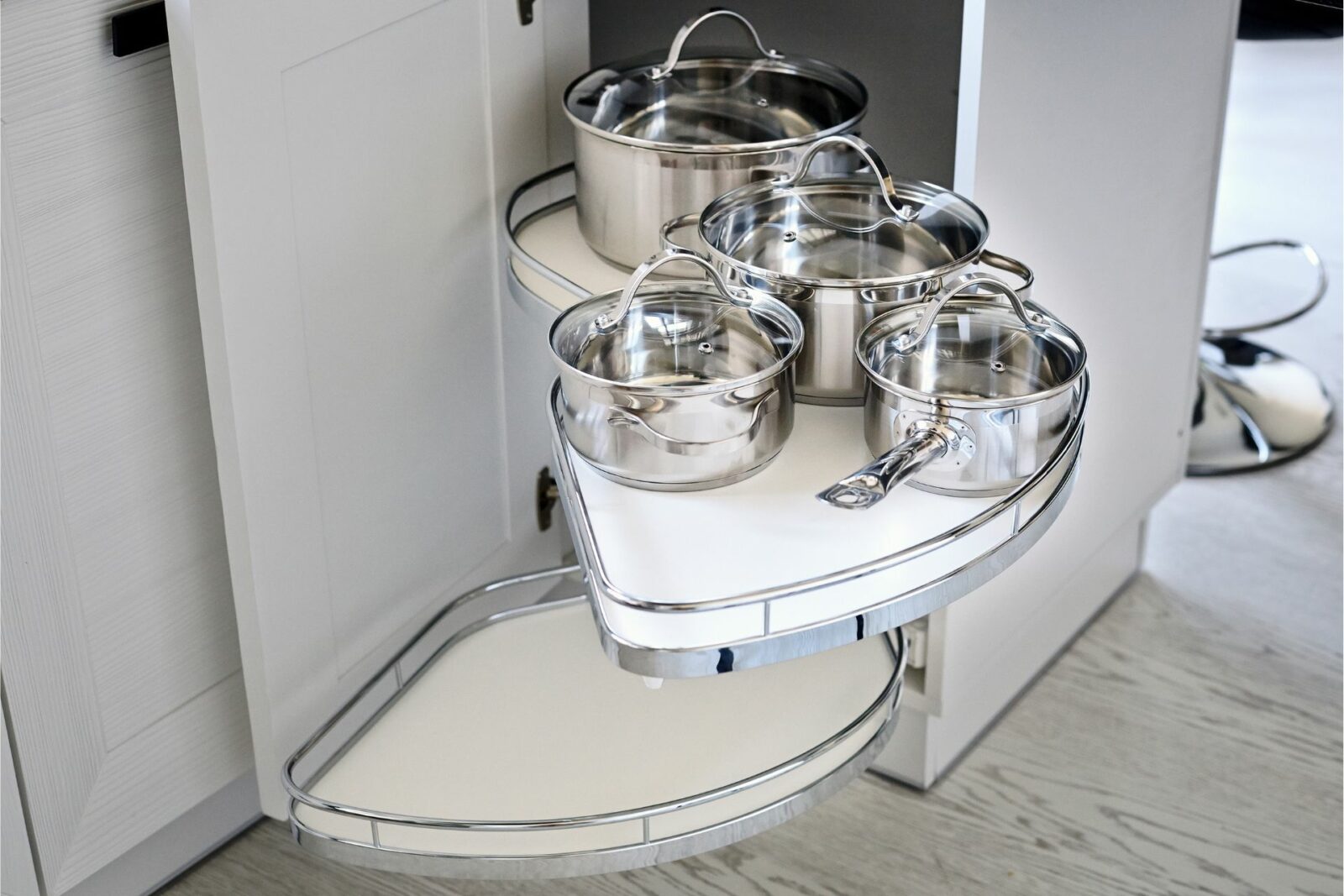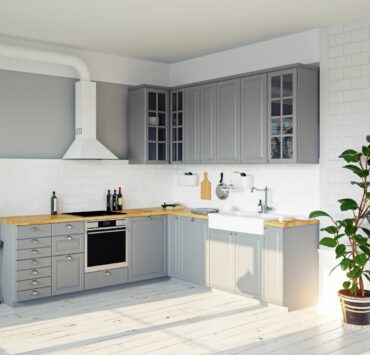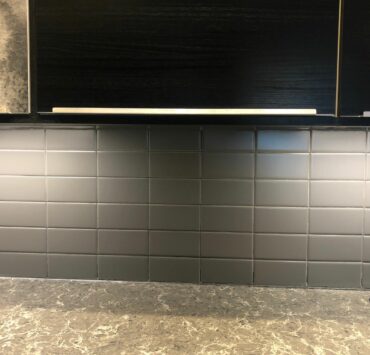The kitchen is the heart of the home, a place where meals are prepared, families gather, and memories are made. As such, a well-organized kitchen can make all the difference in your culinary experience. One of the most ingenious tools for achieving optimal kitchen organization is the Lazy Susan cabinet. In this post, we’ll explore the benefits, styles, and installation options of this versatile kitchen solution.
What is a Lazy Susan Cabinet?
It gets its name from a rotating tray, called a Lazy Susan, that sits inside it. This rotating mechanism allows easy access to all items stored in the cabinet, eliminating the need to reach or strain. Typically, these cabinets are found in corner spaces of kitchens, where they effectively utilize otherwise hard-to-reach areas.
The Benefits of a Lazy Susan Cabinet
Efficient Space Utilization
The primary benefit of a Lazy Susan cabinet lies in its ability to make the most of corner spaces, which are notoriously difficult to access and use efficiently. The rotating design allows you to store a variety of items and access them with a simple spin.
Enhanced Organization
They are great for organization. They can hold pots, pans, baking essentials, spices, or even non-food items. Everything is visible and easy to reach, making meal preparation smoother and more enjoyable.
Versatility
These cabinets come in a variety of sizes and designs, making them adaptable to virtually any kitchen layout. Whether you have a compact kitchen or a spacious one, there’s a Lazy Susan cabinet that can enhance your space.
Styles of Lazy Susan Cabinets
Lazy Susan cabinets aren’t one-size-fits-all. They come in several styles to suit different needs and tastes.
Full Circle
This is the most common style, featuring a circular tray that rotates 360 degrees.
D-Shaped
As the name suggests, these have a flat side and are designed to butt up against the cabinet door when closed.
Kidney-Shaped
These are designed to make use of corner cabinets that have a 90-degree angle.
Pie-Cut
These are attached to the cabinet door and pull out, making them a hybrid between a traditional cabinet and a Lazy Susan.
Installing a Lazy Susan Cabinet
While professional installation is always an option, a handy homeowner can often handle the task. Here are basic steps for installation:
- Remove the existing cabinet shelves, if any.
- Measure the interior to determine the size of the Lazy Susan you need.
- Follow the manufacturer’s instructions to assemble your Lazy Susan.
- Install the rack in the cabinet, ensuring it’s level and rotates smoothly.
- Once installed, load your Lazy Susan with your items.
Always remember that the weight limit will vary based on the size and model of your Lazy Susan, so check the manufacturer’s guidelines before loading it up.
Conclusion
A Lazy Susan cabinet is a practical, functional addition to any kitchen. By effectively utilizing corner spaces and providing easy access to stored items, it can greatly enhance your kitchen’s organization and efficiency. So, whether you’re renovating your kitchen or simply looking for a smart storage solution, such a cabinet could be your answer.
Related posts:
 Maximizing Your Space: Making the Most of Corner Kitchen Cabinet
Maximizing Your Space: Making the Most of Corner Kitchen Cabinet
 Cabinet Crown Molding: Elevate Your Kitchen’s Aesthetic
Cabinet Crown Molding: Elevate Your Kitchen’s Aesthetic
 Gold Cabinet Hardware: Adding a Touch of Luxe to Your Home Decor
Gold Cabinet Hardware: Adding a Touch of Luxe to Your Home Decor
 Add a Touch of Luxury with Champagne Bronze Cabinet Pulls
Add a Touch of Luxury with Champagne Bronze Cabinet Pulls
 Framed vs Frameless Cabinets: An Essential Guide for Your Kitchen
Framed vs Frameless Cabinets: An Essential Guide for Your Kitchen



